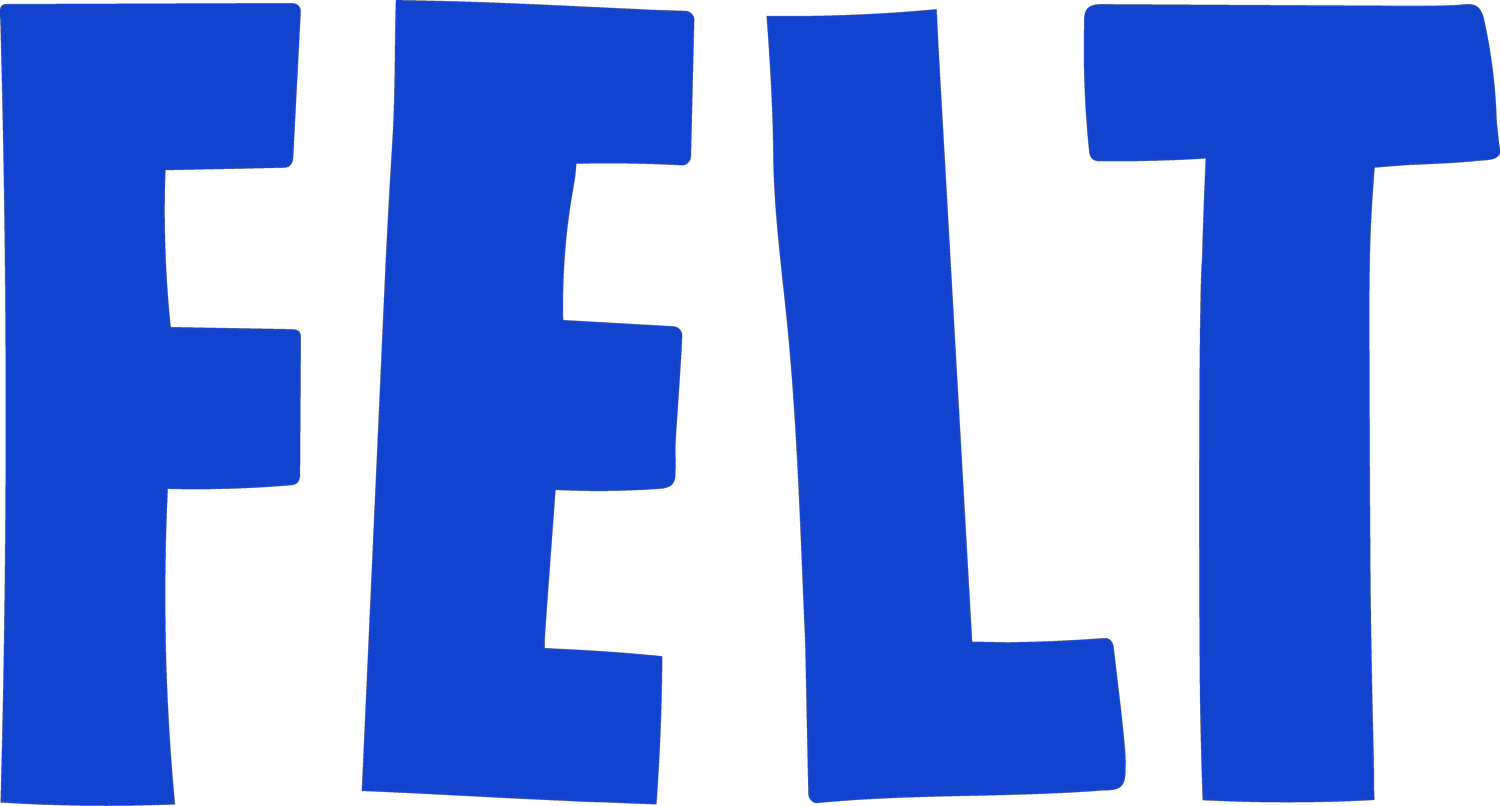MOLLY LESTER
I began working with fabric in lockdown, when I didn’t have much space. Working in small small patches which I’d later collage together, was practical and I love how adaptable and domestic it is; its work that can be done whilst watching TV in the evening, or on a train.
“This method connects me to past female textile makers for whom sewing was a primary creative outlet during a time when they were restricted to domestic spaces.”
I often pull inspiration from the Arts and Crafts movement, romantic artists like William Blake, and my collection of vintage children's books. These books feature unconventional characters that evoke nostalgia and innocence, sometimes with a hint of darkness. Text also plays a significant role, with snippets gathered from my reading materials, including works by William Morris and Ali Smith.
Textiles of the past were beautiful, but practical too. Patchworked quilts brighten a dull bedroom as well as keep its owner warm, and embroidered table linens add interest and personality to a dining room, whilst remaining perfectly functionable. I see my work as an artist as contributing to the tradition of collecting and homemaking too.
Molly graduated with a degree in Illustration from the University of Brighton and has since pursued private commissions, exhibited in art festivals across the UK, and participated in various exhibitions. Recently, Molly was granted a six-month artist residency by Working Class Creatives to develop a new body of work for an upcoming exhibition. Alongside her art practise, she work as a professional seamstress specialising in hand-sewn ecclesiastical garments within the historical craft sector.
I begin by defining my colour palette by creating an array of naturally dyed fabrics. Its difficult to predict the exact shades you’ll get, so I’ll often use it as a jumping off point for adding in vintage and off cut fabrics.
My work is often a combination of techniques: needle turn applique (in which the very edge of the fabric is folded over and stitched down), embroidery and monoprinting. Each element is worked on separately before collaging them together. I typically work on multiple pieces simultaneously, shifting patches between works to achieve a balance of texture, detail, and colour.


